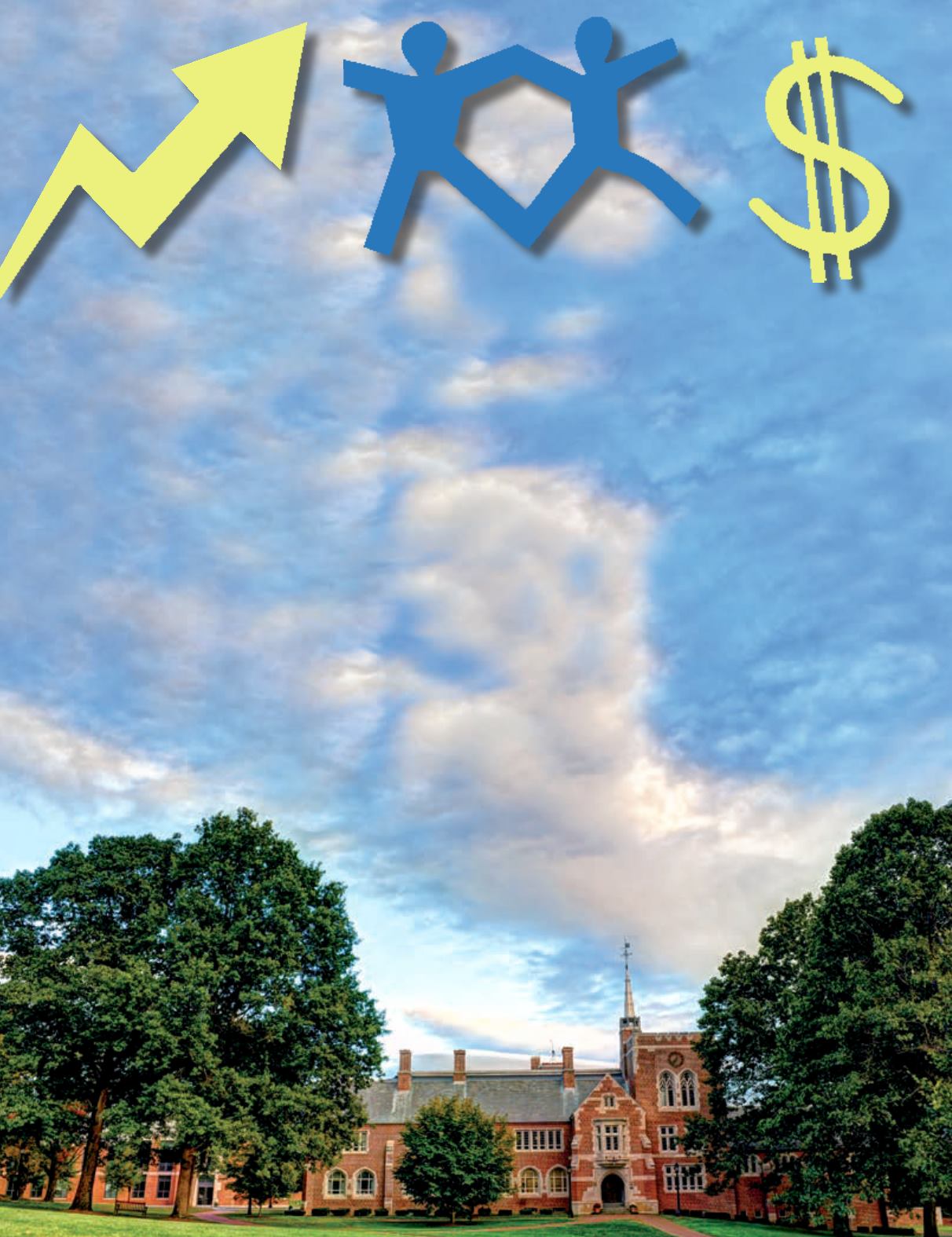
19
economic – you have to look for a student who has a sense
of self earlier than his or her peers,” Reynolds says. “You
shouldn’t go to Hotchkiss because two generations have
gone to Hotchkiss. You have to want to be in this envi-
ronment. The curriculum and expectations here are chal-
lenging. The intent to be a part of our boarding community
has to be in the heart of the student.”
Rob Dickey ’79 comes from a long line of St. Paul’s
graduates, dating back to his great- grandfather, Charles
Dickey of the Form of 1878. Dickey is also the parent
of four kids, two of whom decided against boarding
or private school, one who graduated from St. Paul’s,
and one who is currently completing his Sixth Form
year. He describes the differences in his kids and why
two decided they were interested in going away to
school, while the other two opted for their local public
high school.
“No matter what your family’s connection, the idea of
a one-size-fits-all elite prep school is not realistic,” says
Dickey. “Admissions [at SPS] is fairly open about that,
but I don’t know that parents always listen. It’s hard to
disconnect from a place when you have that legacy.”
Audrey Schaus ’85 agrees, noting that if her daughter,
Caroline ’17, had not been accepted to St. Paul’s it “would
have been because it wasn’t the right fit. As much as it
feels personal, they are building a class and you can’t
assume anything.”
Ironically, despite the ultra-competitive nature of the
independent school admission process, one common
trait that keeps institutions such as St. Paul’s at the top
of the game is the constant awareness that there are many
quality options for students. Deerfield’s Pam Safford
talks about the charter schools and online programs and
homeschooling and exclusive day schools that make her
staff work that much harder to convince families of the
benefits of a boarding school education. She says admis-
sions folks are “always on the edge of our seats” because
of the competition.
“It has become a little more of a consumer process in
that people are really shopping around and, when they
visit, families want to know what we will do for their child-
ren,” adds Bohan of SPS. “It’s a fair question at $55,000
per year. Our coaches, our directors need to be selling
their programs to families. As a result, we are also learn-
ing more about the applicants than ever before. For
many families, they hope applying here is a step that
ultimately helps their children find the right school,
which may or may not be St. Paul’s. Still, it’s important
for everyone to know that, while you may be very qual-
ified, there may just not be room for all of the wonderful
young people who we know could make St. Paul’s an even
better place.”
PHOTO: PETER FINGER


